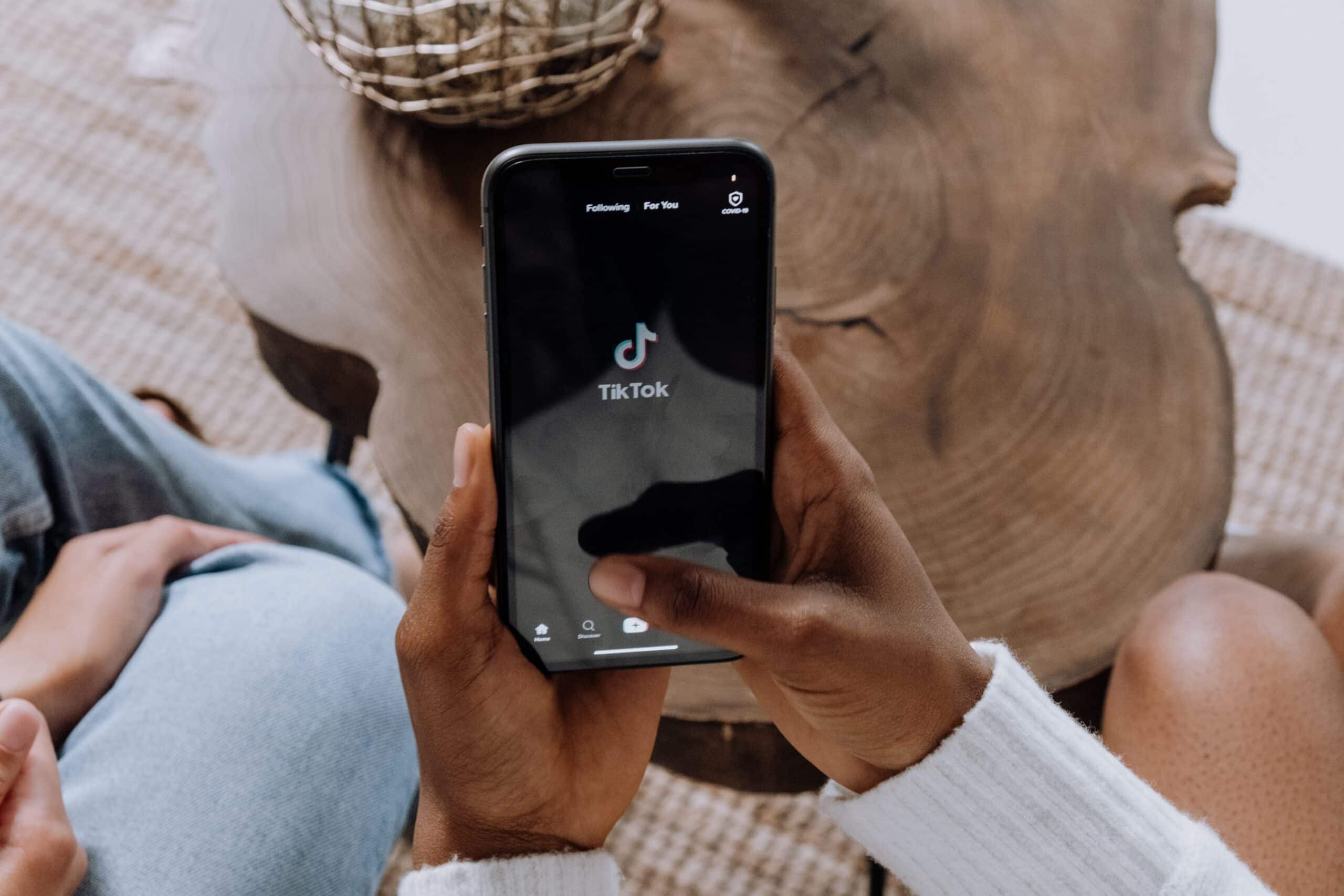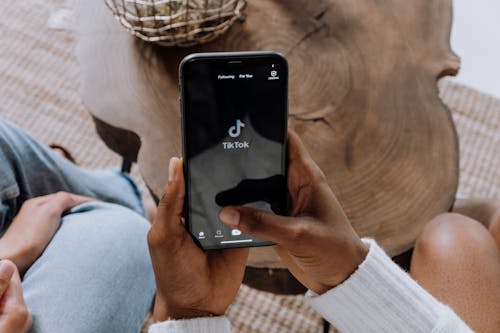can In today’s digital age, social media platforms have become hubs for information on various health topics. It can be difficult when it comes to navigating information on platforms, such as TikTok and separating facts from misinformation. There is no news about the immense popularity of TikTok, known for its short and engaging videos. However, there is a growing concern about the prevalence of misleading content, concerning mental health. One such area is the information on attention-deficit/hyperactivity disorder (ADHD).
Recently, research was carried out by a team of researchers led by Anthony Yeung MD. From the Department of Psychiatry at the University of British Columbia; and the Centre for Addiction and Mental Health (CAMH) in Toronto, Canada.
The researchers analyzed the top 100 most popular videos about ADHD on TikTok and classified them as misleading, useful, or personal experiences.
What Users Need to Know about ADHD Information on TikTok
1. Misleading Content: Approximately 52% of the analyzed TikTok videos about ADHD were classified as misleading. These videos contained information that lacked scientific evidence. And or made unsubstantiated claims about treating ADHD.
2. Useful Content: Only 21% of the videos were classified as useful, and provided scientifically correct information about ADHD. Including prevention, symptoms, diagnosis, and treatments.
3. Clinician Agreement: There was an 86% agreement between clinicians in classifying the videos. This indicates a relatively high level of consistency in evaluating the content.
4. Uploaders: Non-healthcare providers uploaded the majority of misleading videos, while healthcare providers uploaded higher quality and more useful videos compared to non-healthcare providers.
5. Quality: The videos on the platform were highly understandable to viewers but had low actionability, meaning they lacked guidance on how to apply the information in practice.
The study highlights the widespread dissemination of health misinformation on social media platforms like TikTok and its potential impact on care. The key takeaway is that all users should be aware of the presence of misleading information about ADHD on TikTok. As well as other social media platforms and should therefore be careful when using such content for decision-making. This is especially true for parents as they raise their children to be critical thinkers in the digital age. They must continuously state that not all information they see is accurate. It is essential for children who are heavy social media users to be aware of this sort of research, which should hopefully cause them to pause and think about the information they are seeing online.
Tips for Professionals as Relates to Social Media
As for healthcare providers, they could actively engage in creating and sharing scientifically accurate educational content about ADHD and other mental health content on social media platforms. This would actively counteract the spread of misinformation. Clinicians should inform patients about the potential presence of misleading information on social media platforms and guide reliable sources of information.
Lastly, since social media is not going anywhere, collaboration with Social Media Influencers could be a positive way for Healthcare providers to ensure that they disseminate accurate information about ADHD and other mental health conditions on the platforms.
Overall, the study emphasizes the importance of maintaining a critical and informed perspective when engaging with health information on social media platforms like TikTok.
7 Ways Healthcare providers can collaborate with social media platforms to disseminate accurate information about ADHD
1. Identify Relevant Influencers: Healthcare providers should identify social media influencers who have a significant following and are known for sharing reliable and evidence-based content related to mental health or ADHD. Look for influencers who have a genuine interest in promoting accurate information and have established credibility in the field.
2. Establish Relationships: Reach out to the identified influencers to establish relationships and open lines of communication. This can be done through direct messages, emails, or by tagging them in relevant posts or comments. Express your interest in collaborating and share your expertise in ADHD to demonstrate the value you can bring to their content.
3. Provide Credible Information: Offer accurate and up-to-date information about ADHD to the influencers. This can include scientific research findings, guidelines from reputable organizations, or personal insights based on clinical experience. Ensure that the information is presented in a concise, engaging, and easily understandable format suitable for social media platforms.
By leveraging the reach of social media platforms, professionals can effectively disseminate reliable information about ADHD and other conditions to a wider audience Share on X
4. Collaborate on Content Creation: Work together with influencers to create content that educates and raises awareness about ADHD. This can involve co-developing videos, blog posts, infographics, or live Q&A sessions where the influencer can ask questions related to ADHD, and the healthcare provider can provide expert answers. Aim to provide valuable insights and practical tips for managing ADHD symptoms, debunking myths, and promoting evidence-based treatments.
5. Review and Fact-Check: Offer to review the influencer’s content related to ADHD to ensure accuracy and reliability. Provide feedback, suggest revisions if necessary, and help them avoid sharing misinformation.
6. Mutual Collaboration: The professional can share the influencer’s content on their own social media platforms, websites, or newsletters. The influencer can mention and tag the healthcare provider in their posts or stories to increase credibility and trust factor.
7. Engage with the Audience: The influencer can engage with their audience by inviting them to ask questions which can be addressed by the professional. As a healthcare provider, actively participating in the discussion by responding to queries, and clarifying doubts will foster trust. This will give the opportunity to counter misinformation.
By leveraging the reach of social media platforms, professionals can effectively disseminate reliable information about ADHD and other conditions to a wider audience. This will contribute to improved awareness and understanding of people who tend to self-diagnose.
READ ALSO:

